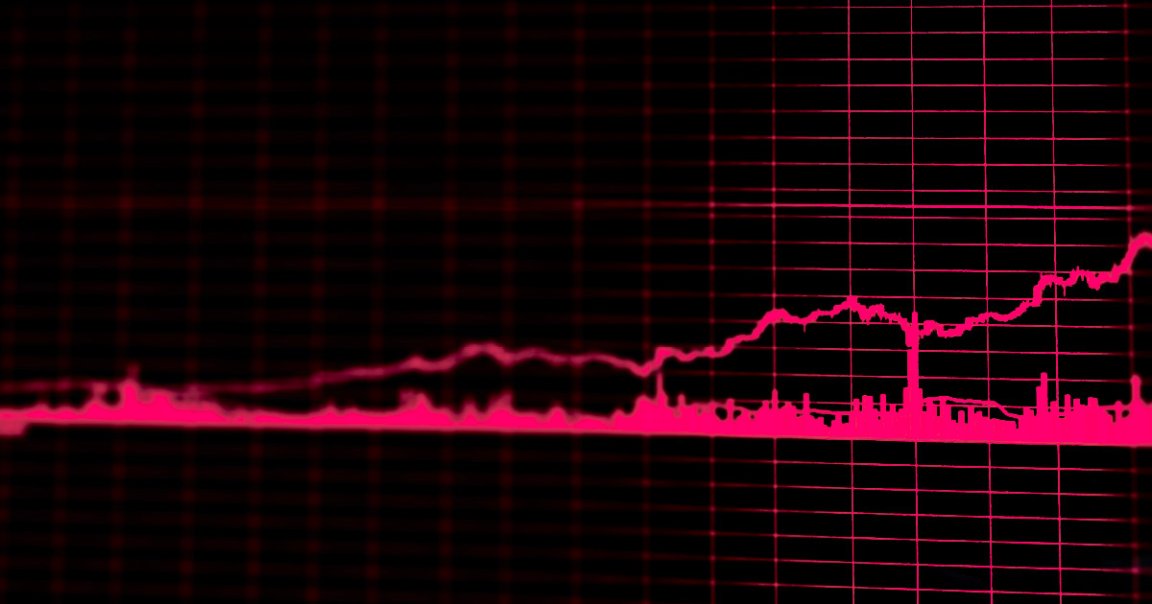
Leaked documents dated to earlier this week, obtained from the U.S. Centers for Disease Control and Prevention by Yahoo News, warn that new coronavirus cases are spiking again as Americans relax their social distancing practices.
Even Dr. Anthony Fauci, the White House’s top infectious disease expert and a national figurehead against the virus, lamented this week that the outbreak has become his “worse nightmare.”
“In a period of four months, it has devastated the whole world,” he said. “And it isn’t over yet.”
Does that amount to the widely-feared “second wave” of COVID, which could lead to more mass deaths and knock down an economy that’s only starting to recover? It remains unclear — especially because the fight against the virus is going very differently in different areas of the country.
Atlantic writer James Hamblin, whose early warnings about the severity of the pandemic proved prescient, pushed back against the idea that the U.S. is experiencing a second wave. It would be more accurate, he said yesterday, to characterize COVID cases in the U.S. as “one long wave” that’s leveled out around 20,000 new cases — and, chillingly, around 1,000 deaths — per day.
Those are difficult figures to comprehend, especially when the death toll exacerbates existing inequalities. If the pandemic continues to cause a thousand deaths a day, though — or, heaven forbid, if that rate climbs substantially — it’s conceivable that the U.S. could have suffered 200,000 in just a few months.
Further complicating an easy analysis is that the pandemic is spreading at very different rates in different areas of the country, meaning that areas that were spared by the initial wave — and which consequently never took mask-wearing and social distancing quite as a seriously — could be about to be buffeted as severely as New York City was earlier this year.
And that’s without getting into global data, which shows that new hotspots are emerging in Latin America.
What is clear: until researchers manage to create a safe and effective vaccine, there’s not a chance of life returning to normal.